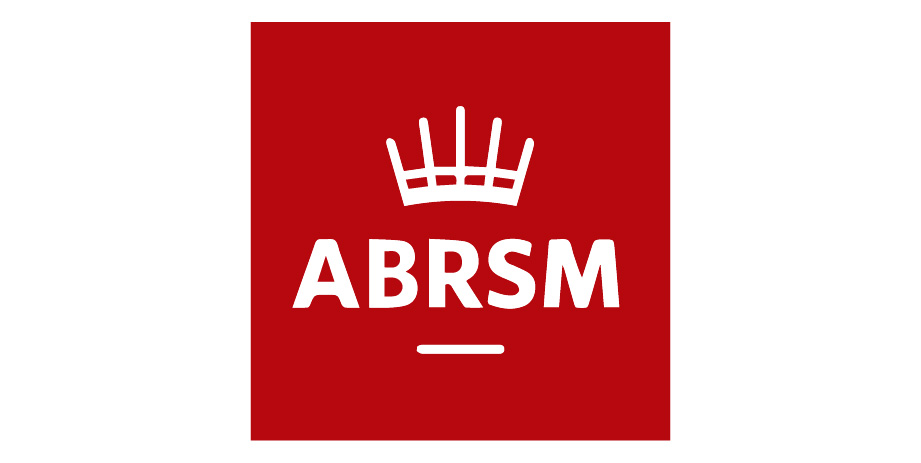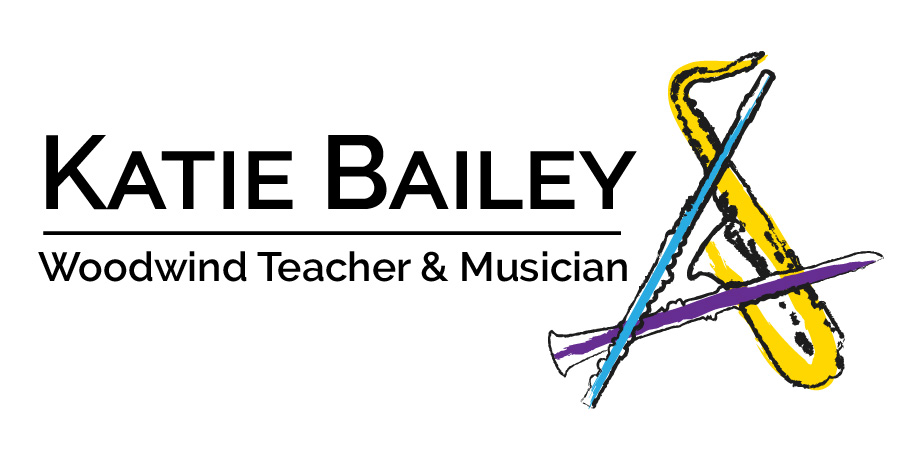The skill of "keyboard geography" is all about navigating the piano with ease and efficiency. It is the natural companion to note reading and has strong ties with fingering, two other major aspects of reading and playing music.
“Each piano has its own physical quirks and contours, elevations and depressions, wide-open spaces and narrow trenches where the fingers barely seem to fit.”
Geography and the piano
Where does this word "geography" fit in with playing the piano? "Geography" comes from the Greek words "ge" and "graphia", which translate to "earth" and "writing" respectively. Does this make the "ge" obsolete in this context? Surely a better definition for what is being discussed would be "keyboardography"?
I do not feel that this is the case. "keyboard geography" gives a much clearer and uncomplicated meaning. The "ge" is useful in the sense that it can help us picture the piano as a body of land. Each piano has its own physical quirks and contours, elevations and depressions, wide-open spaces and narrow trenches where the fingers barely seem to fit.
In order to play the piano, we must consider all of the physical challenges that its layout presents us. We can use it to our advantage; we can shape our hands so that chords fit easily under the fingers, or we can play from within the black keys for more accurate feedback. When preparing a piece we must prepare how we are going to navigate the geography of the piano, much like a mountain climber would plan his/her ascent up K2.
If you do not know where your fingers need to be then your fingers will not arrive there. If you do not consider how best to use the keys of the piano for a particular passage you will make whatever you are playing more difficult, which will hamper your performance.
Using the black notes
Keyboard geography is something practised by everyone, though there are many who do not even know what it is they are doing. One of the very first things new students are introduced to is the layout of the keyboard; more specifically the groupings of the black notes. It is the black notes that give the keyboard its shape. Without them, there would be no visual or physical way to tell where your hand is playing and we would be dependant on using the sound of the notes to ascertain our position.
One thing I often ask my students to do is to describe what they are doing on the piano to me as if I were somebody who had never encountered the instrument before. A good question to ask beginners when playing this game is: "how do you know where each note is?" We know that a C is always to the left of a group of two black notes. D lives in between the group of two, and E to the right. F and B live either side of the group of three black notes, and A and G are slotted in the middle.
“This simple skill has far-reaching uses and applications, for example, scales and arpeggios, both of which come under the umbrella of keyboard geography. ”
This is something everyone is taught in their first lesson, and it is important to check that it has not been forgotten two or three weeks in. One of my students on her second lesson answered the question "how can you find a C on the piano?" with "it's in the middle of the 'A' in 'Yamaha'". She was referring to the manufacturer’s logo embossed above the keys, and while finding a C in this way is a creative use of Yamaha's branding, when I asked her how to find a C on a piano with a different logo she wasn't able to answer.
The comprehension and application of this fundamental pattern lies the foundations of keyboard geography. Once students can use the pattern effectively to identify notes they can begin finding notes with their eyes closed by feeling where they are in relation to the black keys. This is something I ask students to do in their first lesson; it is surprisingly easy and essential in being able to read music without having to look down at where the hand is going.









